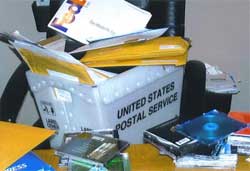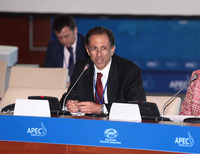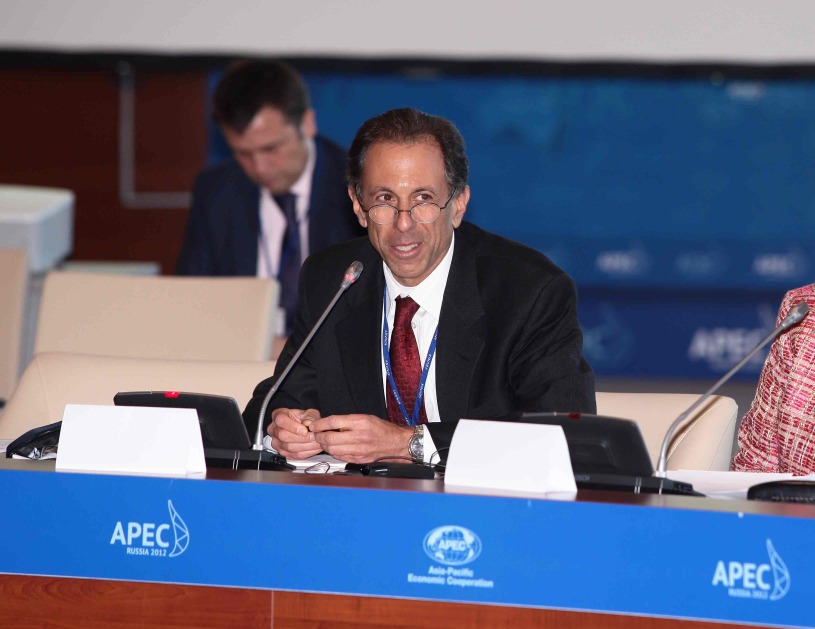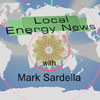 I've received a lot of feedback from my previous article on Buckman, and learned a lot since then about what happened. The key to the "no risk" deception from ChemRisk was that they analyzed the river during "normal" flows when the toxin levels are low, rather than after rainstorms, when the toxin levels are very high. They also assumed that the electro-mechanical systems at Buckman would always sense the toxic flows and shut down the pumps, preventing toxins from entering the treatment systems. In other words, instead of doing the actual engineering risk analysis, they just assumed everything would be fine.
I've received a lot of feedback from my previous article on Buckman, and learned a lot since then about what happened. The key to the "no risk" deception from ChemRisk was that they analyzed the river during "normal" flows when the toxin levels are low, rather than after rainstorms, when the toxin levels are very high. They also assumed that the electro-mechanical systems at Buckman would always sense the toxic flows and shut down the pumps, preventing toxins from entering the treatment systems. In other words, instead of doing the actual engineering risk analysis, they just assumed everything would be fine.
I got some very specific feedback from one LANL contractor who has a reputation for being an apologist for the lab, and I think the exchange is valuable so I've included it below. My comments are shown in blue.
Keep those cards and letters coming!
1. “…draws water from directly beneath several canyons that regularly dump storm water laced with radionuclides and bomb-making contaminants.” The Buckman diversion is located below only one major canyon---Los Alamos Canyon. Storm water is infrequent in that channel. Substantial flows (> 10-20 cfs) occur on the order of 5 to 10 days per year.
That is pure semantics: the three canyons converge just prior to dumping into the river. Flows following the recent fire have been very large and full of highly toxic ash, which is why all those news stories were done about them. Since storm intensities are generally growing, this will likely continue to be a problem.
2. “…below Los Alamos National Labs – host to more than 2,000 known toxic dumpsites?” This is a 20-year old number that the Lab came up with during the early days of the Environmental Restoration Program. It included known and rumored sites. After they field-checked the locations, many sites were dropped off the list (always done with approval of EPA). The current number is closer to 300, if my memory serves me. The vast majority of the sites are located downstream of the Buckman Diversion point and are located many miles from the Rio Grande. In actuality, most of the contaminants carried in Los Alamos Canyon are traceable to just a handful of old sites.
This calls for a celebration...there are only THREE HUNDRED toxic dump sites at LANL! Anyway, my sources are standing behind the 2000 figure. I guess calling something a rumor doesn’t make it untrue.
3. ….”the study concluded that there was “no risk” posed by drinking water from Buckman.” I reviewed the Preliminary Draft technical report and didn’t see this language. It would be unfortunate if they did use that language. In the document I reviewed, they were very careful to quantify risk rather than to attach qualitative labels.
The “no risk” language occurs in both the draft and final reports, in the executive summary and in the body, and in all the news articles following release of the reports. Unfortunate, indeed.
4. ….”It’s one thing to practice engineering without a license, and it’s another to tell 100,000 uses of a water system that there is no health risk from drinking water taken from beneath a nuclear waste dump.” The article seems to imply that a proper risk assessment could not be conducted unless a PE licensed in New Mexico performed the study. Having been a part of many large risk assessment teams, my opinion is the most effective were those which were multi-disciplinary with toxicologists, health physicists, hydrologists, environmental analysts and engineers. To suggest that only engineers are relevant is shortsighted. Regarding engineers, the ChemRisk team included Ph.D. level engineers. Also, the author seems to be unaware that a detailed independent review of the Buckman treatment system was performed by Kerry Howe, PH.D, P.E.---a University of New Mexico Environmental Engineering professor--- before ChemRisk efforts were launched.
This goes to the heart of my concern. Hydrologists did the hydrology, toxicologists did the toxicology, but where is the engineering? Having engineers on the team is not the same as doing engineering. Anyway, engineers ARE the only relevant ones FOR THE PART OF THE STUDY THAT REQUIRES ENGINEERING. If engineering was done, what is the MTBF (mean time before failure) of the sensing equipment components? Of the cellular relay transmitters? Of the alarm relays and pump relays? Did Dr. Kerry Howe calculate those, or did he also assume as everyone else did that the electro-mechanical systems would always work and that toxic storm-water would never be drawn into the system? I suspect the latter.
5. …”ChemRisk bills itself as the “premier contractor in the U.S. for characterizing former nuclear weapons complex sites.” In other words, they have carried out millions of dollars worth of work on behalf of LANL and other weapons complexes.” My understanding is the ChemRisk’s work at LANL is done on behalf of the U.S. Centers for Disease Control and Prevention. CDC was asked by Congress to direct health assessments and dose reconstruction studies of the nuclear weapon sites to ensure the assessments were done independent of the Department of Energy.
Allow me to simplify: ChemRisk has a biggie-wiggie contract at the Lab, but the Buckman study was teenie-weenie. Would ChemRisk jeopardize the biggie-wiggie by saying something in the teenie weenie that pisses off the muckie-muckies? Not on your winkie-tinkie they wouldn't.
6. “Just about anyone can tell you that after you remove contaminants, there is no risk of contamination.” This really is the heart of the issue, which boils down to a sediment removal project. If you remove the sediment, you remove the bulk of most of the contaminants, including those from LANL. I am not aware of anything unique to “LANL contaminants” that make them more difficult to remove when compared to other contaminants in the environment.
The point is that several trivializing assumptions were made, making the study useless as a risk analysis. First, the study assumed the water entering wouldn't be highly contaminated despite the fact that sometimes the river is highly contaminated. Then they assumed the not-very-contaminated water would be properly decontaminated before anyone drinks it. That is NOT a risk analysis! A risk analysis would be a study of the probability that the highly contaminated water enters the system and isn't properly decontaminated before it flows into the public water supply. You actually need a calculator and a brain to do a risk analysis, you can't just assume the risks don't exist and then conclude that you are correct.
7. …”In other words, they analyzed the risk of contamination after the contaminants were removed.” The Preliminary Draft Report does quantify risk from ingestion and swimming in the Rio Grande before treatment.
No, the report quantifies risk from ingestion and swimming in the river when the toxins aren’t flowing. There is also no risk in standing on a train track, unless a train is coming.
…”I haven’t carried out my own analysis of the risk of LANL contaminants getting into Santa Fe’s drinking water and making people sick, but my guess is that over the long run it’s somewhere around 100 percent.” This is quite an assertion without any analysis.
And quite an easy assertion to make once you understand probability theory. The more times you engage in risky behavior, the higher the odds of getting hurt. Repeat it indefinitely, and the odds rise to 100 percent. In the case of Buckman, we plan to pump water out of an increasingly polluted river every day for the next fifty years or so. Saying there is no risk in that is a lie that will, I fear, have tragic consequences.
 Saturday, January 19, 2013 at 12:19PM
Saturday, January 19, 2013 at 12:19PM  The paper I presented at the APEC Conference last October in Vladivostok, Russia has been published in the conference proceedings, and is now available online. The paper is about microgrids, which are electric power systems that have been decentralized to the point that they can stand alone from the larger power grid. You can download just my paper by clicking here, or download the entire proceedings by visiting this page.
The paper I presented at the APEC Conference last October in Vladivostok, Russia has been published in the conference proceedings, and is now available online. The paper is about microgrids, which are electric power systems that have been decentralized to the point that they can stand alone from the larger power grid. You can download just my paper by clicking here, or download the entire proceedings by visiting this page.








